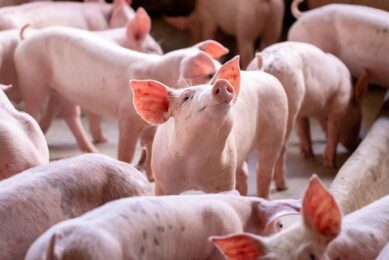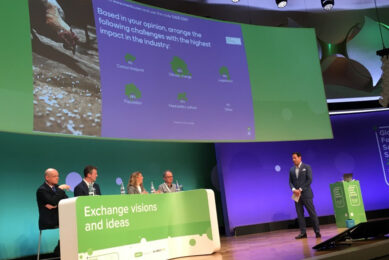AMIF calls for revision of decade-old food-borne illness stats

The American Meat Institute Foundation (AMIF) is strongly urging the Centers for Disease Control and Prevention (CDC) to revise decade-old food-borne illness statistics which are widely referenced by public health officials, regulatory agencies and congressional staff when discussing food-borne illnesses.
“In order to improve food safety and further reduce the risk of food-borne illness, it is absolutely critical to have the most accurate estimation of food-borne disease as the cause of illness, hospitalizations and deaths,” said AMIF© Director of Scientific Affairs Betsy Booren, Ph.D., in a letter to the CDC.© Booren notes that the meat and poultry industry has been successful in making a tremendous reduction in the pathogen risk profile of their products and that updated food-borne illness estimates could show tangible results to these efforts.©©
©
Data from the Mead et al. “Food-Related Illness and Death in the Untied States” report,©published in 1999,©estimates©76 million cases of illness, 325,000 hospitalizations and 5,000 deaths per year are attributed to the consumption of food products. However, the recently released CDC analysis of©©reported©illnesses©©in the U.S.©for 2008©©indicated©approximately 100,000 illnesses for the same food-related notifiable diseases.©
©
These discrepancies may be caused by the fact that the©1999©estimates were derived using adjustments for underreporting of food-borne illnesses, which are likely no longer valid given the changes in public health reporting over the past two decades. These 11-year old estimates also virtually ignore the newer, more accurate and specific methods of detecting microorganisms and the vast©progress made by the food industry in improving the safety of their products over the last decade.
©
AMI and the Foundation have been eagerly awaiting the update to the Mead et al. report, which has been in preparation since before 2007.
©
Booren also reinforced how accurate and timelier food-borne illness attribution data is critically needed to improve the safety of the U.S. food supply.“This objective data allows food safety stakeholders to allocate food safety resources and scientifically justify the decisions made in their food safety system,” Booren writes.
©
“By having timely, credible food attribution data, the food industry can accurately identify and improve any food safety gaps that may exist. It also may help to identify emerging food-borne risks, especially when such risks have not been previously associated with specific foods. This rapid adjustment to improve food safety can only occur if accurate data is made available as soon as possible to all food safety stakeholders.”
©
“AMI Foundation recognizes the challenges of accurately estimating the burden of food-borne disease and accurately attributing these burdens to food types, but these metrics are essential. The last decade has shown the important role cooperation and communication between public health officials, regulators, the food industry and other allied stakeholders has had on improving food safety. This collaborative story of success could be affirmed through the update of the Mead et al. estimation of the burden of food-borne disease,” Booren concludes.
©
©











